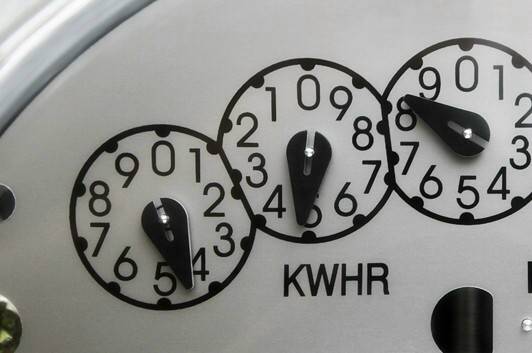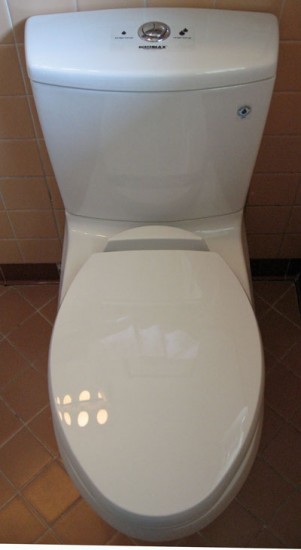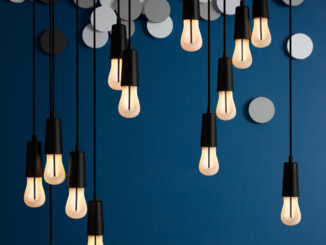
This LA heat has got me thinking about my house. As a mom, I’m relieved that I can keep the kids cool and happy even though I fully expect to be shocked by the electric bills for blasting our air conditioner this summer. As an architect, however, I am nagged by the fact that I have designed and advocated for the Leadership in Energy and Environmental Design (LEED) Green Building Rating System certification on many projects professionally, but when it comes to my own home, I make do with what’s existing.

It bothers me that our modest 1946 home, like most homes built in that era, is like Swiss cheese in terms of energy performance. We live with drafts coming from our leaky single-paned windows. We freeze in the winter and bake in the summer since there is no insulation in the walls and attic. We also have a patchy lawn which needs daily watering.

With energy and water shortages abound and global warming looming, it is getting harder to continue life “as is.” Our home, like most single family homes, is part of the aging housing infrastructure built upon an unsustainable rate of energy and resource consumption. The similarly energy dependent automobile industry has reached a tipping point where they must go green or go bust. Unlike automobiles though, houses that are clunkers cannot be traded in for a redesigned “greener” model. Existing homes with their long lifecycles require the care and commitment of homeowners to evolve and become more sustainable. Since it is not feasible to tear everything down and start over, changes will have to be brought about one house at a time.


Even with no actual re-model or construction, one can live more efficiently within our inefficient houses. In our household, we do our part by following some common sense consumption habits. Reviewing a checklist such as the one offered by the Department of Energy or any of the energy saving tips advocated by your local utilities is very helpful. For example, we replaced some of our incandescent light bulbs with compact fluorescent light (CFL) bulbs a few years back when our local utility company gave away the funky looking light bulbs. We were not too happy with the light quality and dimness when they first lit, but we became true converts when our electricity bill went down the first month by almost 20 percent. We have since replaced all light bulbs with CFL bulbs.
We also tried the aerated faucet heads and low-flow shower heads, but I’m sorry to report that neither has stayed because we ended up running the water longer just to do the same washing, so it didn’t seem to be doing its part. The dual-flush toilet was also a consideration until I saw an installed toilet that seemed really grimy due to low water levels in the bowl.


My favorite “green” feature in our home is actually an umbrella cloth drying hanger that was installed in the backyard when our house was first built. This is used year-round with our southern California sunshine. So far, all of what we’ve done required no changes to our existing home. We have not retrofitted with new double-paned windows nor added insulation to our walls and ceilings because, like all architects, we hoped for a major home redesign and re-model.
That being always the excuse, we have now reached a point where we are in the planning phases of the said project. This means it’s time to incorporate the necessary changes for a more sustainable home. I as the homeowner, will have to put into action the sustainable methods, materials, and technology which I professionally promote as an architect and integrate that within our design aesthetic. The success of this may very well be dependent upon the answer to the question “how green can I afford to be?” I will find out as we begin the challenge of being our own clients.
Stay tuned for upcoming articles as Yu-Ming Wei continues with her research on how to remodel her own home in a green manner.






Be the first to comment